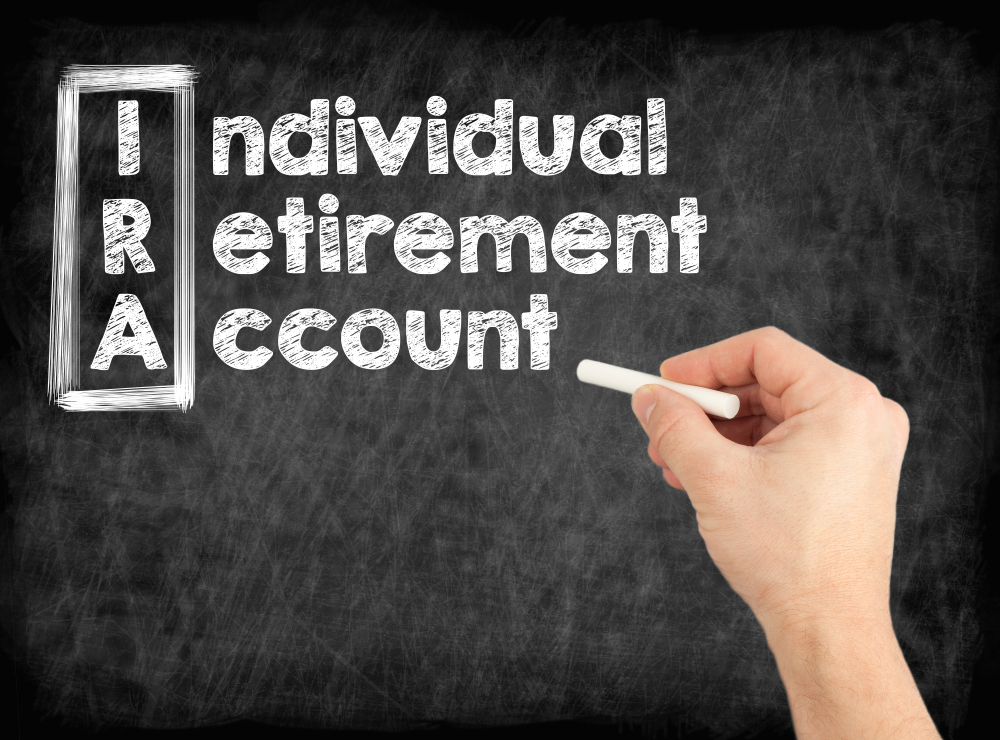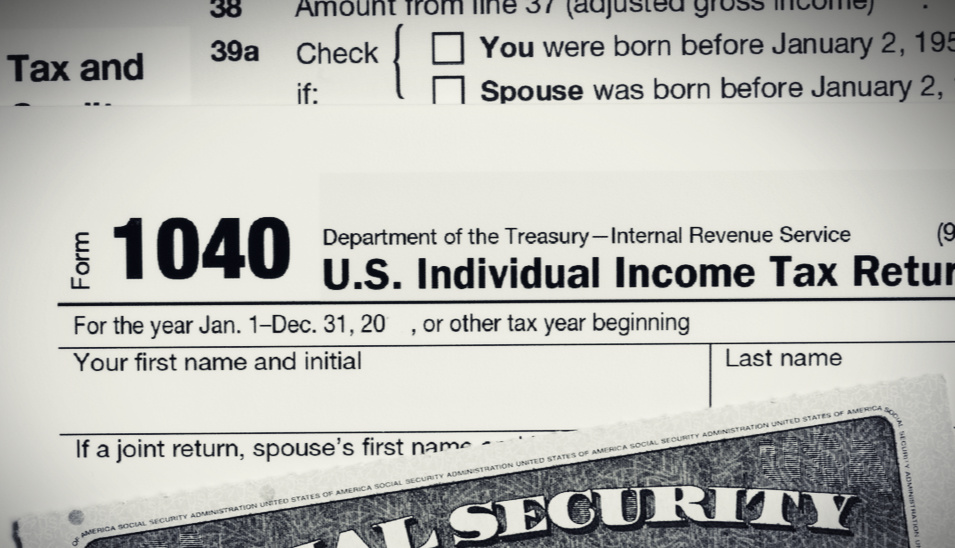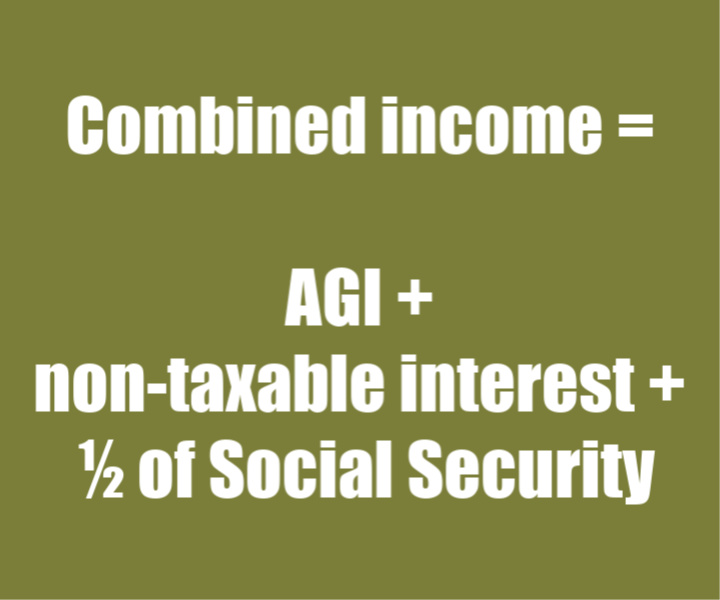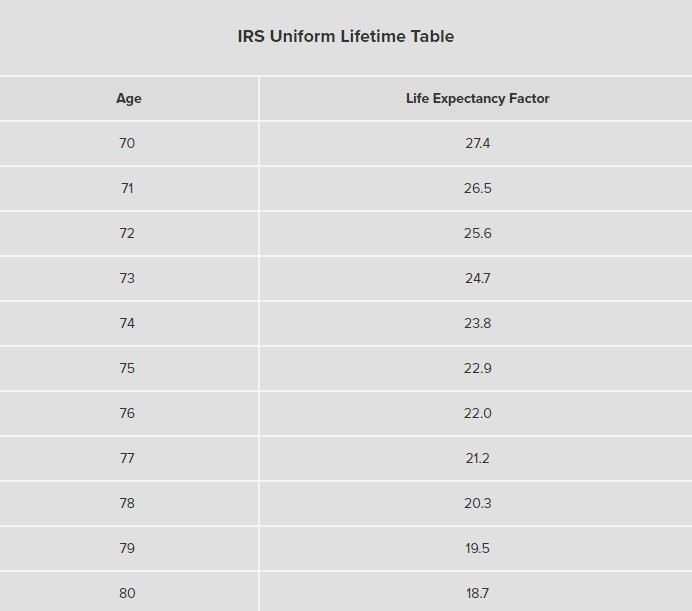
Inflation may not always be top of mind when you think about planning for retirement. Of course, you will likely consider your current expenses, but you need to account for what the costs of those expenses could be over time.
None of us can predict the future, but we can plan. Inflation diminishes purchasing power over the years and increases the costs of services that retirees and pre-retirees need. Given that more Americans are living longer, it can pay dividends to include inflation risk in your overall planning.
The other issue we have to contend with when it comes to inflation is that we may be lulled into a false sense of security since government measures of inflation have been very low in recent years. In addition, safer investments like money market funds, CDs and government bonds generally yield less than the cost of goods and services that many of us need. This makes it difficult for our safe money investments to keep pace with our expenses.
Lower government inflation measures also have an impact on Social Security benefits. Among the features of Social Security is that benefits are generally adjusted each year for inflation in what is known as a cost-of-living adjustment, or COLA. In October, the Social Security Administration announced a 1.6% COLA that takes effect in December for some beneficiaries and by January for most.
The average benefit increase for retired workers with the recently announced COLA is estimated to be $24 to $1,503 per month. Married couples both receiving benefits will see a $40 increase, on average, to a monthly payment of $2,531. The cost-of-living adjustment for 2020 is lower than that of 2019, which was 2.8%, and 2018, which was 2.0%.
Getting the most out of your Social Security benefit is extremely important for your retirement and it’s nice to have a feature that steps up with inflation. However, adjustments tracking official government statistics likely won’t cover the higher expenses you will face throughout retirement, so planning is important.
Health Care and Medical Cost Inflation
Then there is health care, among the biggest costs you may encounter in retirement and even now if you are still working and saving for retirement. Medical cost inflation is real and it can negatively impact your savings if you don’t have a way to offset it.
The Centers for Medicare & Medicaid Services (CMS) estimated earlier this year that health expenditures are projected to increase 4.8% overall in 2019, up from 4.4% growth in 2018.
For those still working and covered by an employer’s plan, costs are outpacing wages and inflation. Since 2009, the Kaiser Family Foundation says average family premiums have increased 54% and workers’ contributions have increased 71%, several times more quickly than wages (26%) and inflation (20%).
If you are already enrolled in Medicare and have been incurring out-of-pocket expenses then you know the impact of what higher drug costs or services that Medicare doesn’t cover can do to your monthly budget. We often cite figures from Fidelity Investments, estimating that a 65-year old couple retiring in 2019 can expect to spend $285,000 in today’s dollars for health care and medical expenses throughout retirement. The figure doesn’t include long-term care.
Once you have an idea of what your expenses are, we can get started now on developing or updating your plan to account for inflation. The other thing to keep in mind is that while inflation has been low in the past decade, it is best to plan using higher long-term averages.
There are several ways we can address inflation risk, depending on your situation. Strategies and options could include how your investments are positioned over time and guaranteed income solutions that adjust periodically to keep pace with inflation. You will want to meet with us, too, for a plan to cover long-term care as these costs can be a significant financial risk. Now is also a good time to contact us to discuss Medicare because the current open enrollment period runs through December 7 if you want to make changes or switch plans.
Let us know how we can help!
Contact Bulwark Capital Management at 253.509.0395.















 253.799.6416
253.799.6416 invest@bulwarkcapitalmgmt.com
invest@bulwarkcapitalmgmt.com